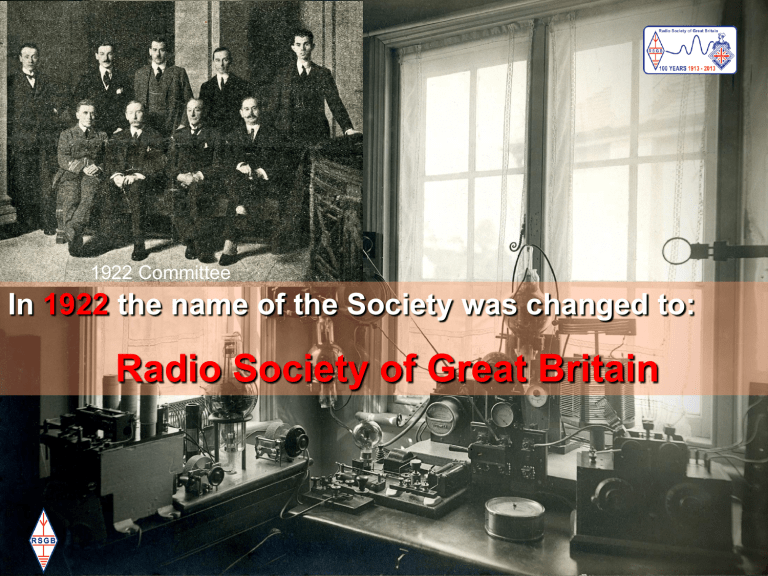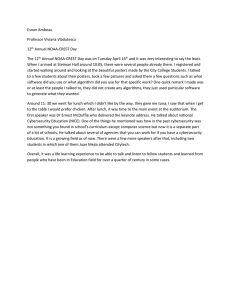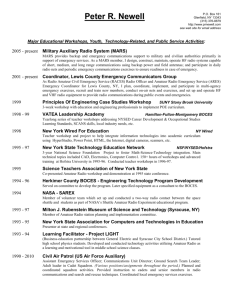
Radio Society of Great Britain vision teamwork values 1922 Committee In 1922 the name of the Society was changed to: Radio Society of Great Britain Working for the future of Amateur Radio Dec 1923 licence proposals Key conditions: Prohibition of spark transmissions on all “wavelengths” 440m available between 5 pm and 11 pm on weekdays and during broadcasting hours on Sundays New band between 200 and 203m available between 6pm and midnight, except when military manoeuvres were taking place Wavelengths between 20 and 40m be used for genuine research work Use of CW on 1,600m would only be granted in exceptional conditions Transmissions only authorised for inter-UK contacts, except by special permission and then only with Western Europe! Working for the future of Amateur Radio Changes to the licences in 1928 Key changes: Raw a.c. and i.c.w. were prohibited Authorisation to use 1715 – 2000kc/s, 7000 – 7300kc/s and 14000 – 14400kc/s “bands” Transoceanic permits (a relaxation following the 1923 licence) were to continue in force, and that those holding them could additionally use 28 – 30Mc/s and 56 – 60Mc/s 3500 – 4000kc/s reserved exclusively for experiments following additional authorisation on the recommendation of the RSGB. Working for the future of Amateur Radio QSL cards ► Many QSL cards and photos were exchanged in the 1920s between US and British stations ► US stations prefixed their call with the letter U or A to avoid confusion Working for the future of Amateur Radio 2nd Series of Tests ► A second series of tests took place in December 1922. Well known American amateur Paul Godley 2ZE travelled to Europe to take part. ► Whilst in London Godley met with Marconi, CampbellSwinton, Sir Henry Jackson and other distinguished members of the RSGB ► The first complete message he received was transmitted by 1BCG. Working for the future of Amateur Radio vision teamwork values Léon Deloy, 8AB First two-way transatlantic QSO by a Radio Amateur December 1923 ► 16th December 1923 first contact between Canadian A W Greig 1BQ and Ernest J Simmonds 2OD took place on 116 metres using just 30 watts ► Ernest went on to make two-way contacts with Mexico, Argentina and Australia Working for the future of Amateur Radio First British amateur to make two-way contacts ► The first British amateur to make two way contact was Jack Partridge 2KF on 8th December 1923. He contacted A1MO operated by Ken Warner Working for the future of Amateur Radio vision teamwork values International Amateur Radio Union (IARU) ► Early 1924, Hiram P Maxim, 1AW President of the Amateur Relay League visited Europe with the aim to: “encourage international amateur radio relations” ► On 14th April 1925 a congress with 23 countries attending was held in Paris at which the International Amateur Radio Union (IARU) was formed ► Hiram Maxim, 1AW as its first International President, Gerald Marcuse, 2NM was Vice President


